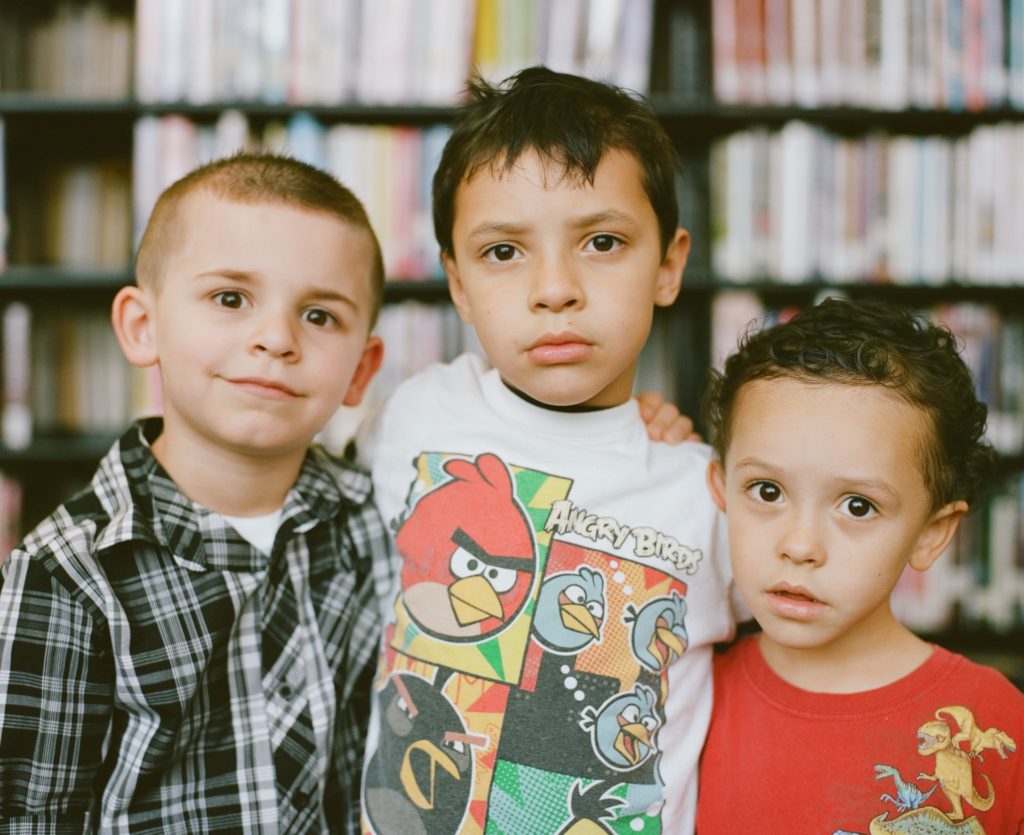Table of Contents
What is Aphasia?
Aphasia is the name for brain damage that affects a person’s ability to speak. In students with aphasia, the most common causes are head injuries like those from playing contact sports and car accidents, but aphasias can also be caused by stroke and dementia in older adults.
Aphasias are treatable and most people regain a significant amount of function with proper treatment and care. While most functionality may be regained in many people, there are usually some residual symptoms that may remain forever such as occasional difficulty in speaking or understanding others.
Types of Aphasia
There are three major types of aphasia that are named based on the brain region that has sustained the damage and the resulting symptoms.
- Broca’s Aphasia
Broca’s Aphasia is characterized by damage to the Broca’s area of the brain which controls the production of speech and writing. People with Broca’s Aphasia may have trouble finding the right words, may have slow or slurred speech, and also struggle with writing.
Writing of people suffering from Broca’s Aphasia is characterized by many grammar and spelling mistakes. In severe cases of Broca’s Aphasia, sufferers may be completely unable to speak or write, despite being able to understand what is being said to them perfectly well.
- Wernicke’s Aphasia
Wernicke’s Aphasia is brain damage in the Wernicke’s Area of the brain that processes and makes sense of speech and written text. People with Werrnicke’s Aphasia may be able to speak without issue, but will struggle with understanding what is said to them.
Wernicke’s Aphasia also affects a person’s ability to read, and so can lead to Dyslexia. Wernicke’s Aphasia is the most common type of aphasia.
- Global Aphasia
Global Aphasia is an aphasia that affects both the production and understanding of language. It is characterized by any mixture of the symptoms of the previous two types. It is often seen as the most severe because damage that has hit both areas will tend to be from a more severe injury, but more subtle versions of Global Aphasia also exist.
Treatment for Students with Aphasia
Aphasia is treated by the sufferer going to a Speech-Language Therapist. There, students with aphasia will undergo a personalized program that will help them rebuild the lost functionality similar to how physical therapy slowly helps a person regain their ability to move functionally. Depending on the cause of the aphasia, the sufferer may also need additional therapies such as stroke rehabilitation treatments in the case of a stroke.
At home or school, parents and teachers can help the healing process by consistently following the at-home procedures laid out by the Speech-Langauge Therapist and by helping to reduce the difficulties faced by the sufferer. This could include using simpler sentences, clear enunciation when speaking, and having patience rather than correcting or finishing their sentences. This will help the person regain their confidence, redevelop their speech, and be better able to implement the work of the Speech-Language Therapist.
Identifying Aphasia in the Classroom
Students suffering from Aphasias may have a large variety of symptoms depending on the type of aphasia and the severity of the brain injury they have sustained. Most students who have a severe aphasia will already have a diagnosis from their doctor, but if the student has a more subtle aphasia from playing contact sports like American Football or Hockey, the symptoms may creep up more slowly.
Symptoms to watch for include:
- Trouble with spelling and grammar.
- Often asking for things to be repeated.
- Difficulty to read fluently.
- Stuttering or slurring of speech.
New Research on Aphasia
Research is ongoing on ways to better help sufferers of aphasias to be better able to communicate despite their condition. A recent study using eye-tracking software found that when humans listen to someone with an aphasia speak, they spend a lot of time looking at their gestures when compared with when listening to someone without an aphasia. (van Nispen et al.)
When people are struggling to understand someone’s speech, they apparently turn to non-verbal communication to fill in the gaps in understanding. This is helpful because it suggests that when sufferers of aphasias are struggling to communicate, they should try to include more gestures to help them to communicate better with their partner.
Additionally, this suggests that teachers or parents of people suffering from aphasias should use more gestures when speaking with them to help their damaged communication centers to have more clues to aid in understanding. While the speaking or understanding parts of their brains might currently be damaged, using gestures will allow other undamaged parts of the brain to temporarily prop up communication similar to how a crutch can help prop up a person’s ability to walk with a broken leg as it heals.
Teacher Takeaways on Aphasia

Students suffering from an aphasia will require extra teacher support in order to not fall behind due to their condition. The teacher should check in with the student regularly throughout class to confirm their understanding of instructions. Simply asking the student to repeat back instructions is an easy way to ensure they are aware of what needs to be done and give a chance to ask any clarifying questions.
Teachers can also take the advice from the research above and include more clear gestures in their speech. They can also write instructions on the board. This way if the student misunderstands the verbal instructions, they can simply read what is on the board rather than having to feel embarrassed to raise their hand and say they did not understand.
Teachers with a good rapport with the student can also check in on if the student is making it to their Speech-Language Therapist appointments. The teacher can also speak with the Speech-Language Therapist directly to get other intervention suggestions based on information on the students specific type of aphasia.
The most important thing for a teacher to have for a student suffering from an aphasia is patience. Aphasias can be very frustrating and embarrassing, especially if the symptoms do not seem to be going away. Helping the student to remain positive and not feel stupid will help them to continue going to their Speech-Language Therpist appointments regularly and trying hard in class.
Want more like this? Make Lab to Class a part of your weekly professional development schedule by subscribing to updates below.
References
Van Nispen, Karin, et al. “Gesture in the Eye of the Beholder: An Eye-Tracking Study on Factors Determining the Attention for Gestures Produced by People with Aphasia.” Neuropsychologia, vol. 174, 2022, p. 108315., https://doi.org/10.1016/j.neuropsychologia.2022.108315.



